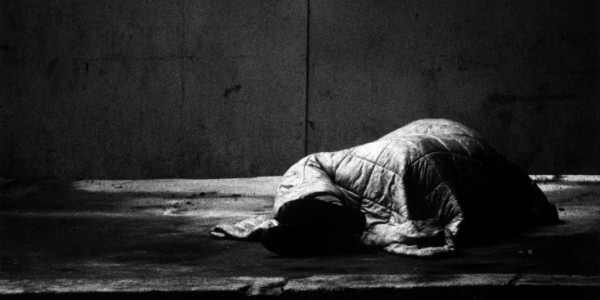VCH moves forward to improve care in the Downtown Eastside
Vancouver Coastal Health this week released the DTES Second Generation Strategy Design Paper, a document that will guide the health authority in upcoming years in addressing the changing needs of people living in the Downtown Eastside (DTES).
The Design Paper builds on health care successes that have seen people live longer and fewer new cases of HIV and hepatitis C in the community. New health challenges in the DTES are arising as aging clients cope with chronic diseases such as diabetes, COPD, acute mental illness and addiction challenges. The design paper is aimed at guiding VCH in addressing clients’ changing health care needs now and into the future.
There are more than 20 high level actions articulated in the design paper, based directly on input and ideas submitted by clients, community partners and service providers in the DTES during a two-year consultative process.
Examples of improvements planned include better integration of clinic-based care and outreach services, better accessibility to methadone therapy and supervised injection services, along with staff training to ensure competency and awareness around Aboriginal culture.
“The community told us that there are ways that care in the DTES can be improved upon and we are listening,” said Laura Case, Chief Operations Officer for VCH Vancouver Community. “As we continue to work with our partners, we are pleased to move forward to provide the best care possible to benefit our clients in the Downtown Eastside.”
Case said the Second Generation Strategy is about using existing resources better.
“We know that the health needs of the community have shifted and can shift even further,” she said. “Our commitment is to respond to those changes while remaining fiscally responsible and support a sustainable health care system.”
The actions and priorities identified in the DTES Second Generation Strategy Design Paper will be shared with community partners, agencies, staff and clients for feedback over the next several months before determining opportunities for implementation, expected in the latter half of this year.
As VCH moves from planning to implementation, we will continue to work closely with staff, the community and contracted service partners to move toward a more integrated system with less silos of care. It will also explore partnership opportunities, including philanthropy, to support the change process.
The DTES Second Generation Strategy Design Paper is available for reading or download at: www.vch.ca/DTES-Health-Strategy

